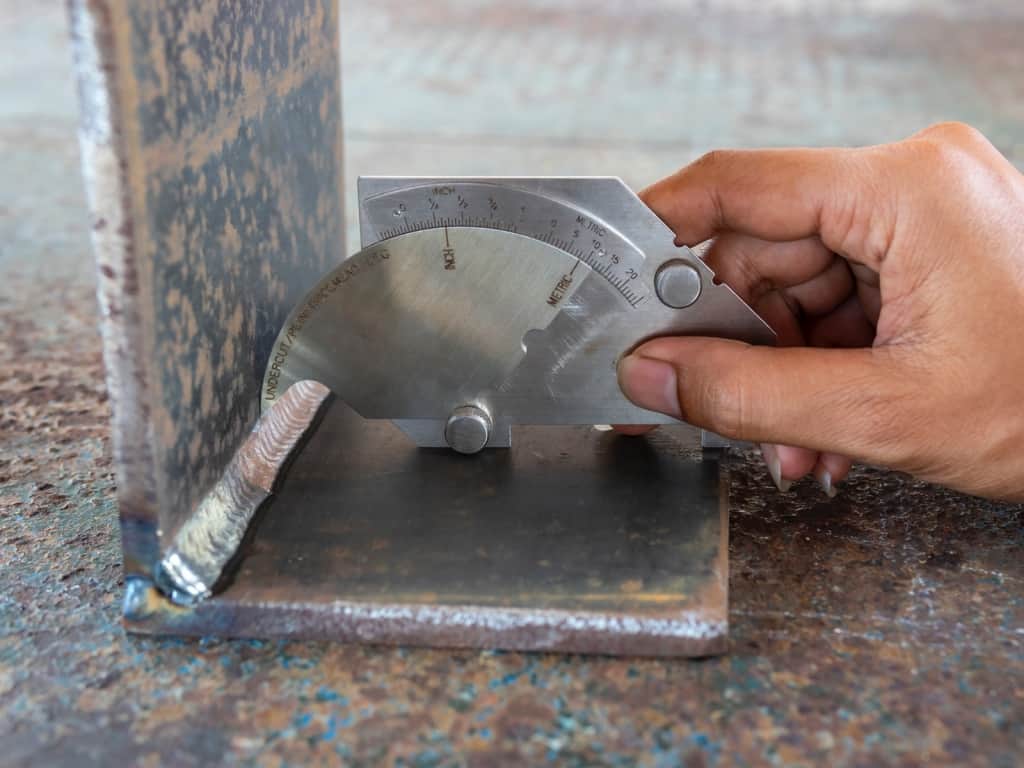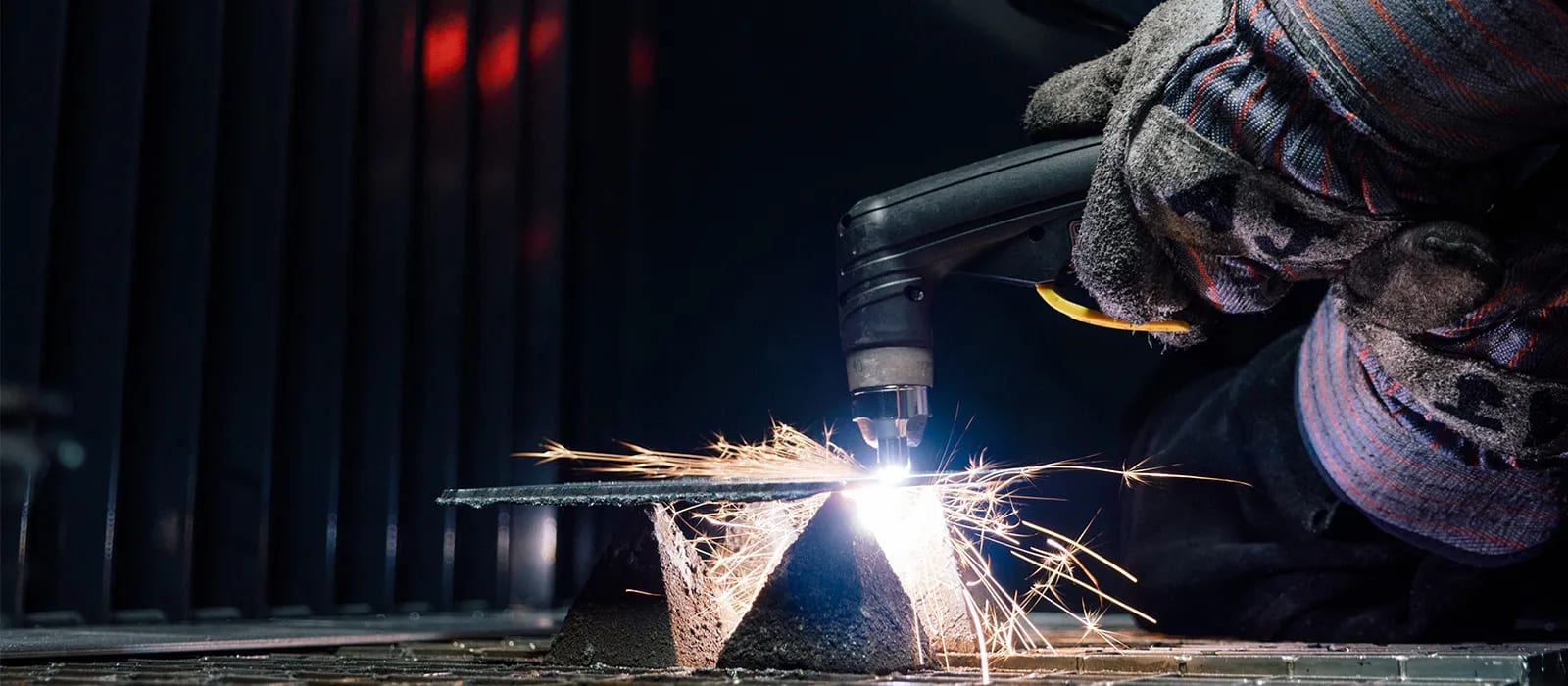Step-by-Step Overview to Preventing Weld Undercut in Different Metals
Step-by-Step Overview to Preventing Weld Undercut in Different Metals
Blog Article
Necessary Tips for Welders: Avoiding Undercut Welding and Ensuring Stronger Weld Joints
In the world of welding, attaining strong and durable weld joints is the cornerstone of generating top notch job. One usual obstacle that welders typically come across is undercut welding, which can jeopardize the honesty of the weld joint. By comprehending the factors that add to undercutting and applying the right strategies and safety measures, welders can properly stop this issue and make certain the durability and stamina of their welds. Let's explore some necessary pointers that can aid welders navigate this challenge and elevate the top quality of their welding jobs.

Comprehending Undercut Welding
Undercut welding is a typical welding defect that happens when the weld steel falls short to correctly fill up the groove and causes a groove-like depression along the weld grain. This flaw weakens the weld joint, making it prone to fracturing and failure under stress. Damaging can be triggered by various aspects, consisting of extreme welding present, high welding speed, improper electrode angle, incorrect electrode dimension, and poor welding method.
Among the main factors for undercut welding is an inequality in between the welding existing and the welding rate. If the welding current is too expensive or the welding rate is too fast, the weld steel may not properly fill up the groove, causing damaging. Additionally, using an electrode that is as well huge can cause a similar result, as the excess steel can not effectively stream into the groove.
To protect against undercut welding, welders must guarantee they are using the right welding parameters, keep an appropriate electrode angle, choose the proper electrode dimension, and practice proper welding methods. By addressing these factors, welders can decrease the threat of undercutting and produce more powerful, much more reputable weld joints.
Appropriate Welding Method
Efficient welding technique plays an important duty in making sure the high quality and honesty of weld joints. One fundamental element of correct welding technique is preserving the proper angle and distance in between the welding weapon and the workpiece.
In addition, a consistent and regular hand activity is important for developing strong and sturdy weld joints. Welders should go for smooth, consistent activities to guarantee also distribution of the weld material. Correct adjustment of the welding weapon and filler material is likewise crucial to achieving ideal penetration and combination.
Furthermore, regulating the heat input and choosing the proper welding parameters based on the product being welded are critical consider attaining high-quality welds - Preventing weld undercut. Welders need to adhere to the suggested settings provided by welding treatment requirements and change them as needed based upon the details needs of the task. By grasping appropriate welding methods, welders can significantly boost the strength and dependability of their weld joints
Choosing the Right Electrode
When taking into consideration the importance of choosing the ideal electrode in welding applications,Maintaining the correct angle and distance in between the welding weapon and the work surface is basic. The option of electrode plays a vital duty in figuring out the top quality and toughness of the weld joint. Electrodes are available in different types, each created for specific objectives and products.
First of all, selecting the suitable electrode diameter is necessary. Thinner electrodes appropriate for welding thin materials, while thicker electrodes are better for thicker materials and higher heat applications. Matching the electrode diameter to the thickness of the workpiece assists accomplish a balanced weld.
Second of all, comprehending the material make-up of the electrode is important. Different electrodes are created for welding certain products like steel, stainless steel, aluminum, or cast iron. Using the appropriate electrode material guarantees great blend and decreases the threat of defects in the weld.
Lastly, considering the welding position and strategy is vital when choosing the electrode kind. For example, particular electrodes are better matched for upright or above welding settings, while others function well for level or horizontal placements. Choosing the appropriate electrode based upon the welding strategy improves the total weld top quality and stability.
Preparing the Base Metal
To make certain a successful welding procedure, what preliminary steps should be taken when preparing the base metal for welding? Effectively preparing the base metal is crucial for accomplishing sturdy and strong weld joints. The first step in preparing the base steel is to clean it completely to get rid of any type of impurities such as corrosion, oil, dust, or paint. This can be done utilizing a cord mill, brush, or chemical solvents. In addition, any type of existing weld product or residue from previous welding need to be eliminated to guarantee a tidy surface for the brand-new weld.

Carrying Out Post-Weld Evaluations

After carrying out these assessments, welders must compare the results against sector criteria and job demands to guarantee that the weld joint meets all essential standards. Any type of variances or insufficiencies uncovered throughout the post-weld evaluation should be without delay attended to with suitable corrective actions to ensure the weld's integrity. By faithfully doing post-weld evaluations and promptly resolving any type of concerns, welders can promote the top quality and reliability of their job, eventually adding to the security and longevity of the bonded structures.
Final Thought

Finally, preventing undercut welding and making certain more powerful weld joints require a combination of correct welding method, picking the best electrode, preparing the base steel properly, and conducting post-weld assessments. By understanding the reasons for undercut welding and applying the required preventative measures, welders can produce top notch weld joints that meet industry criteria and ensure the structural integrity of the bonded elements.
Undercut welding is a common welding problem that takes place when the weld steel stops working to properly fill the groove and results in a groove-like anxiety along the weld grain (Preventing weld undercut). Damaging can be created by various variables, including extreme welding present, high welding rate, inappropriate electrode angle, incorrect electrode size, and bad welding strategy
One of the major factors for undercut welding is an imbalance between the welding current and the welding speed. If the welding current is as well high or my site the welding rate is also quickly, the weld steel might not properly load the groove, leading to undercutting.Maintaining the appropriate angle and distance between the welding gun and the workpiece is essential when thinking about the value of picking the right electrode in welding applications.
Report this page